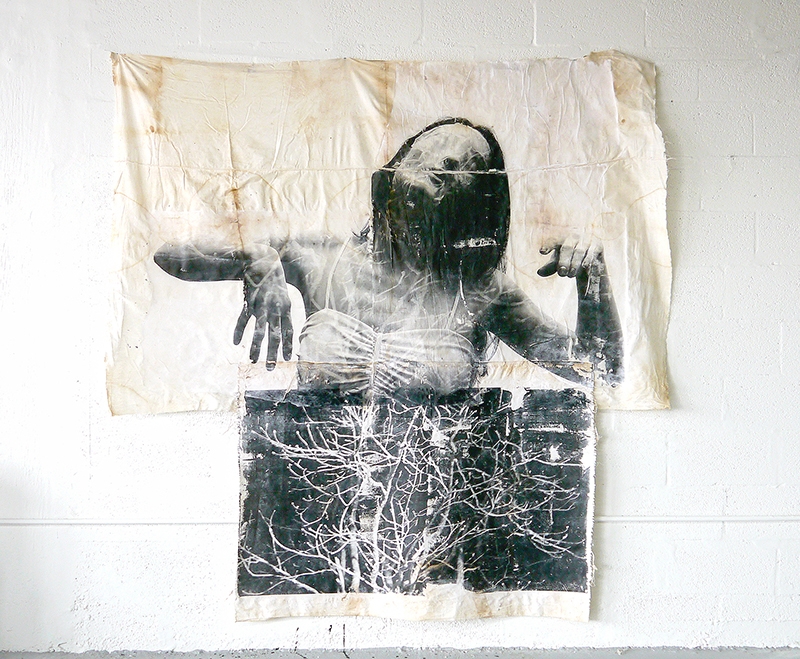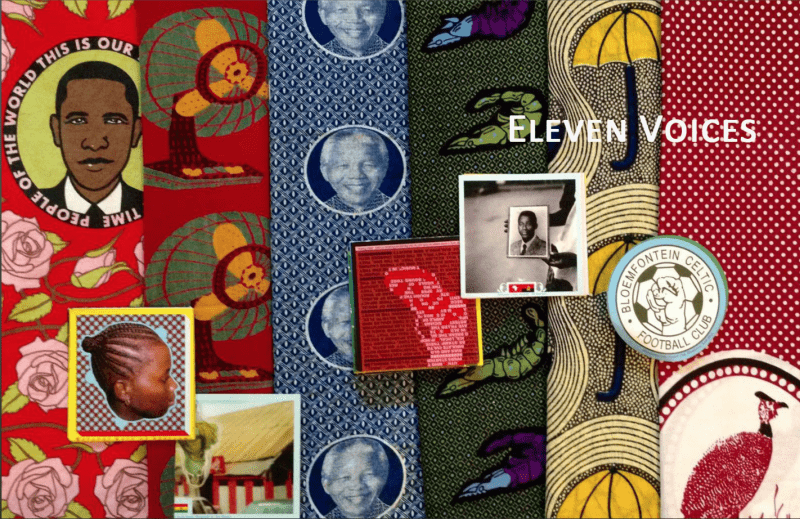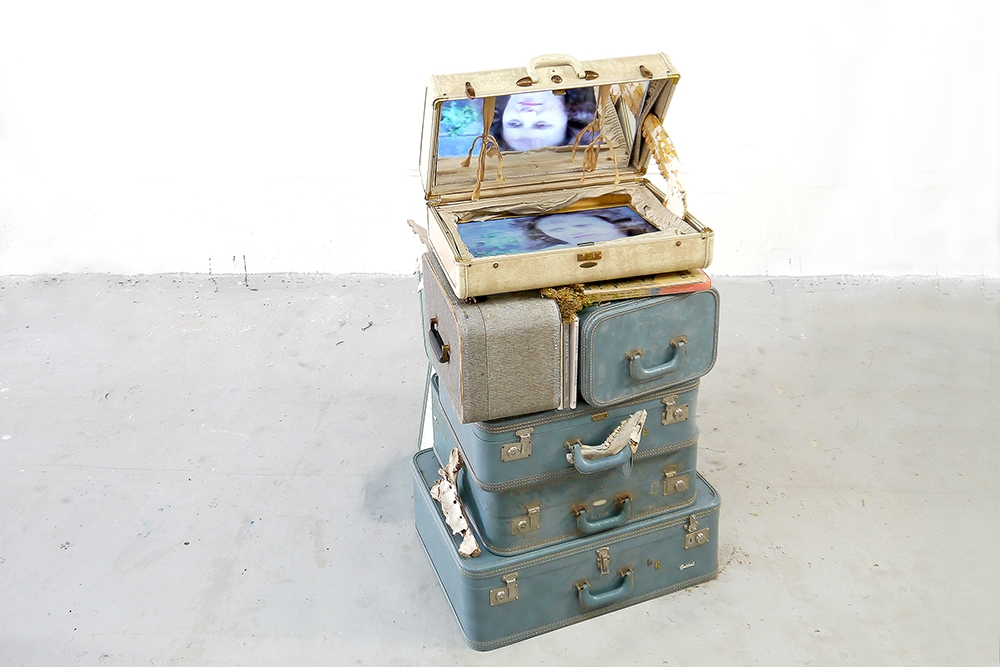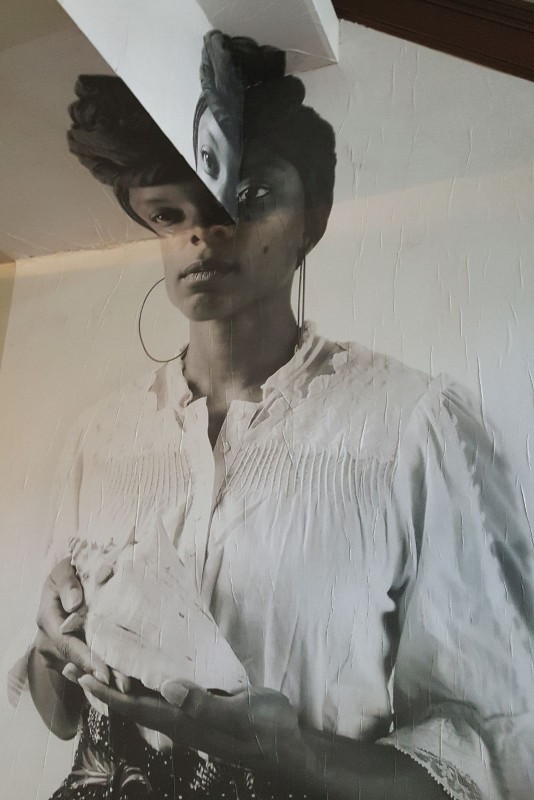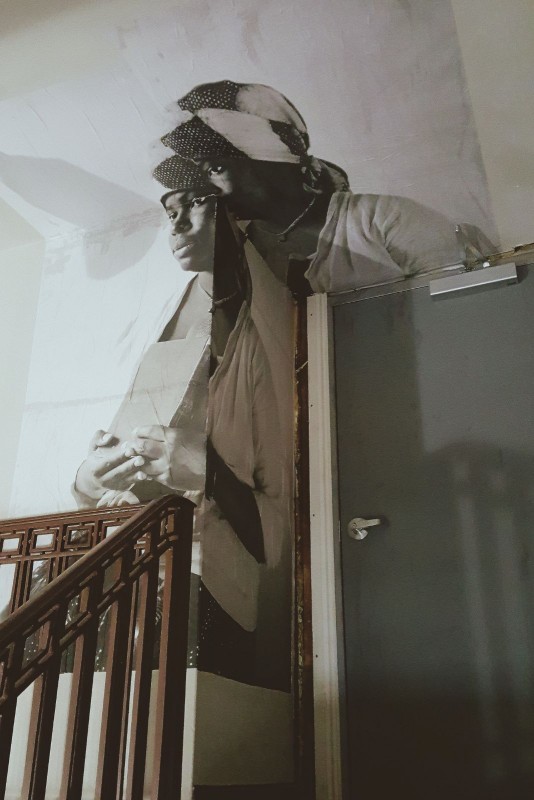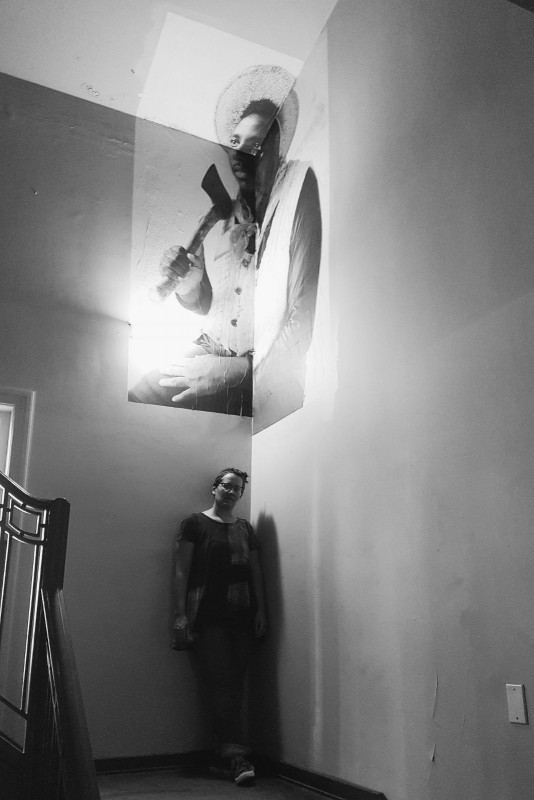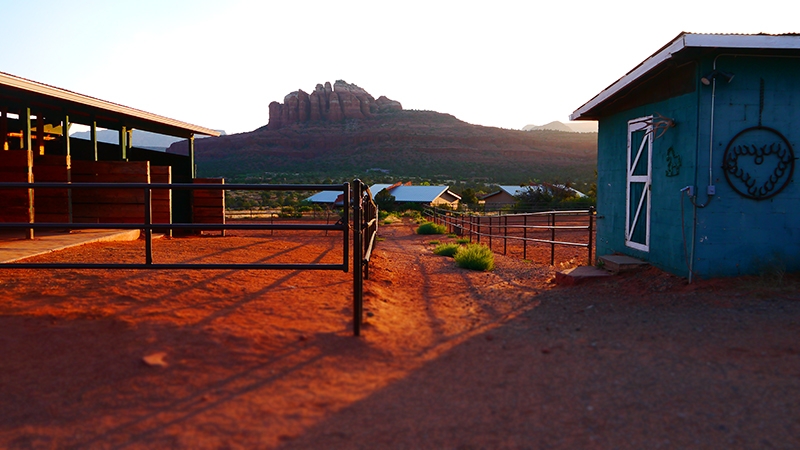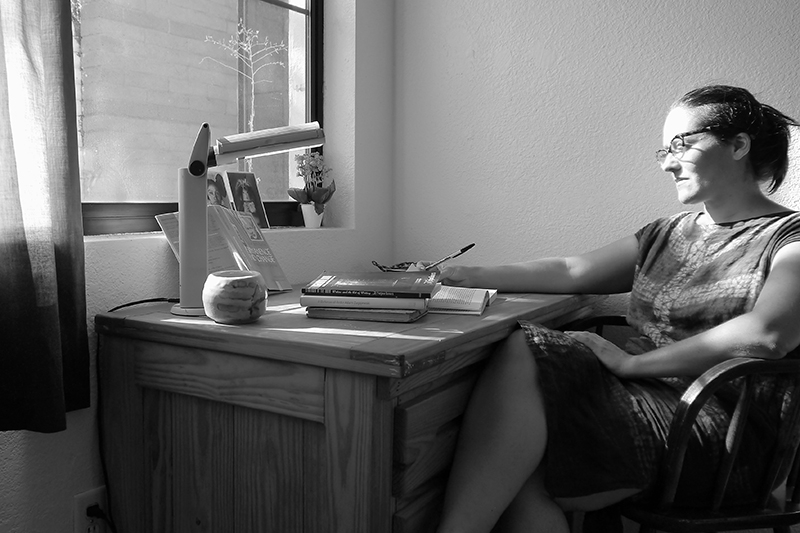RCS: 51-75 Exhibit
Opening Reception:
February 28, 2019
7-10pm
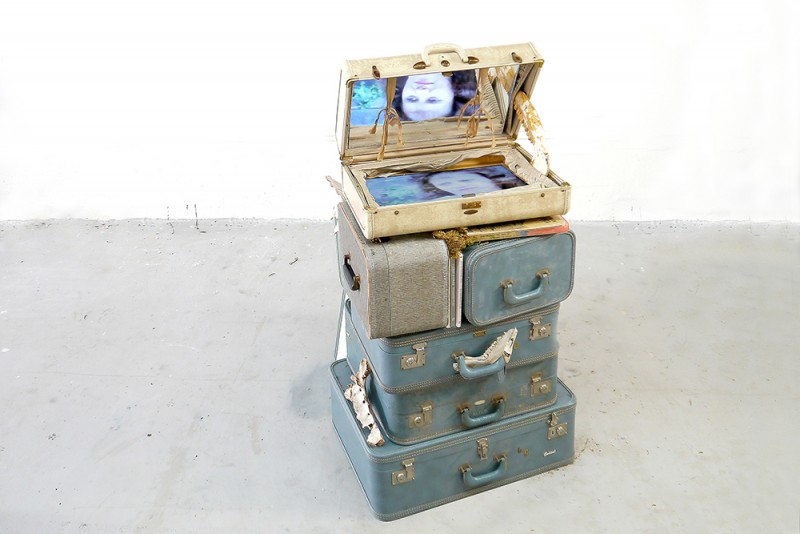
Unforeseen Snow, 2016, Video installation and found objects, 51in x 26in x 30in
You can listen to my interview with Baba Collective and the rest of the series:
Spinello Projects and Fordistas are proud to present the second installment of The Annex, an experimental, non-commercial art space dedicated to offering a safe space for promising up-and-coming Miami-based curators and artists. Focusing on underrepresented and underserved communities, The Annex provides a platform and resources to realize thought-provoking experiences through art. RCS 51-75 Exhibit is a multimedia group show featuring participants of Rocking Chair Sessions podcasts 51-75, curated by BABA Collective. The Exhibition runs through March 29, 2019.
Established in 2017, BABA Collective, comprised of Elysa D. Batista and Maria Theresa Barbist, have engaged in dialog within our Miami art community; inquiring artists and cultural producers about their personal narratives and creative processes. The conversations have been archived as online podcasts – RCS: Rocking Chair Sessions. Joining the global burgeoning club of audio interviews, BABA Collective is keeping it local and grassroots by interviewing peers only from South Florida inside the modest-sized Studio #14 at the Bakehouse Art Complex with the aim to build bridges via South Florida’s oral history and multifaceted creative practices
This show is a celebration of both visual artwork and audio collected, presenting a tapestry of works by 25 artists and cultural producers focusing on histories:
– Histories of immigration
– Histories of the body
– Histories of material
– Histories of our environment
– Histories of South Florida
And embodies how those histories are then processed and used as the impetus into creative outlets such as photography, performance, printmaking, painting, video, sculpture, and curation. The archives of sessions in themselves becoming a part of a living oral history. Not one history is the same, but they all collide and coexist here… in present South Florida, whose surface, environment and individuals have also been changing the past couple of years. How do you capture history? It all begins in the now… with the telling of a story. This exhibit opens up to the community to see, hear, and witness a part of that history.
Participating Artists: Alette Simmons-Jimenez, Judith Berk King, Roxana Barba, David Rohn, Sri Prabha, Amalia Caputo, Anja Marais, Gianna Riccardi, Jacqueline Gopie, Morel Doucet, Scott Brennan, Ana Mendez, Brookhart Jonquil, Kerry McLaney, Kiki Valdes, Jill Deupi, Maria Lino, Sarah Michelle Rupert, Sterling Rook, Yuneikys Villalonga, Regina Jestrow, Sandra Ramos, Pedro Wazzan, Tamara Despujols, Mike Rivamonte
RCS is supported by the Miami-Dade County Department of Cultural Affairs and the Cultural Affairs Council, the Miami-Dade County Mayor and Board of County Commissioners.
